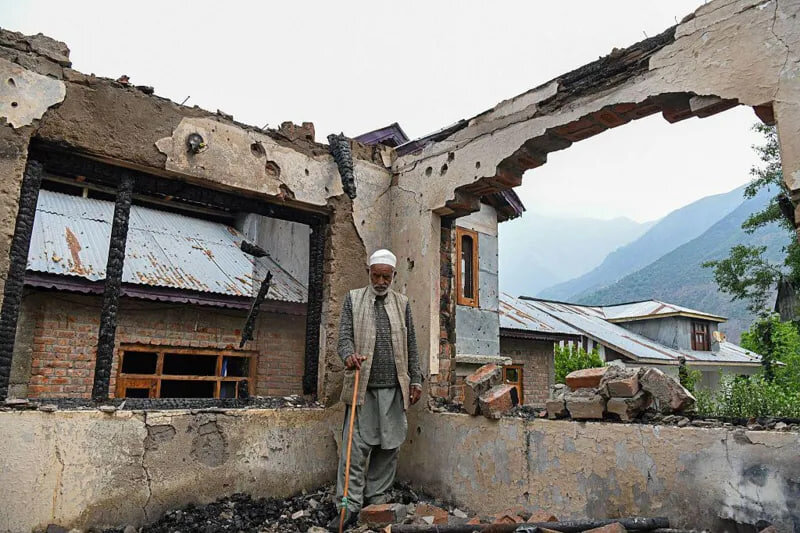The India-Pakistan face-off: A crucial moment for global peace

In the heart of South Asia, two nuclear-armed giants, India and Pakistan, find themselves embroiled in a direct confrontation that poses a significant threat to regional stability and global peace. The recent horrific attack on tourists in Pahalgam sent shockwaves through the community and beyond, leaving behind a legacy of loss and fear that no amount of military might can ever erase.
Yet, in the wake of this tragic incident, an unexpected and powerful voice for the sanctity of human life has emerged; Kashmiris themselves condemned the violence that claimed innocent lives. This collective outcry starkly contrasts with the prevailing atmosphere of militarism and hostility, underscoring the desperate need for dialogue and reconciliation.
The events of the past few weeks have once again highlighted the profound vulnerabilities and devastating costs associated with armed conflict. Both nations stand at the precipice of a nuclear nightmare, requiring a multifaceted understanding of the situation that recognizes the implications for global security.
The principle of nuclear deterrence—a theory positing that the catastrophic consequences of a nuclear war will inherently deter states from engaging in such conflict—has become increasingly precarious in the current tense climate. As tensions continue to escalate, the danger of nuclear weapons being thrust into the spotlight grows ever more real.
The role of social and conventional media cannot be overlooked in this context. They have not only intensified the rhetoric surrounding the conflict but have also created an environment in which the cries for non-military solutions are drowned out by the drumbeats of war.
Historically, India and Pakistan have navigated their disputes through dialogue, treaties, and agreements. However, the contemporary media landscape, characterized by sensationalism and militaristic narratives, threatens to overshadow the potential for peaceful resolutions.
The consequences of this conflict are felt acutely by the most vulnerable populations—the civilians living in close proximity to the Line of Control (LOC) and international borders.
The ongoing military tensions have resulted in devastating losses of life and livelihood, displacing countless families and straining communities. Areas such as Pirpanjal and Northern Kashmir bear the scars of civilian casualties, forcing many residents to live with the daily specter of violence and uncertainty.
Moreover, the recent 'dogfights' in the skies above have served as a grim reminder that unresolved political conflicts, when ignored or brushed aside due to national pride and egoism, transform into a perilous game of high stakes.
We are now confronted with a ticking time bomb that could detonate with the slightest miscalculation, threatening not only the immediate region but potentially destabilizing large swathes of the globe.
From the ongoing Russia-Ukraine conflict to strife in the West Asia regions, the ongoing conflicts are not just statistics; they represent real human lives—families displaced, children traumatized, and communities shattered.
The dire consequences encompass loss of shelter, access to basic necessities, healthcare for newborns, and adequate nutrition, creating a humanitarian crisis that demands urgent attention.
In this precarious landscape, the imperative for dialogue has never been clearer. Ending extremist ideologies and fostering a climate of understanding and cooperation is crucial for ensuring the safety and security of all people in the region.
Only by embracing diplomacy and curtailing anti-people rhetoric can we hope to construct a more peaceful and secure world for future generations.
(The author can be reached at : agamuntazir@gmail.com / X : @agasyedmuntazir)
